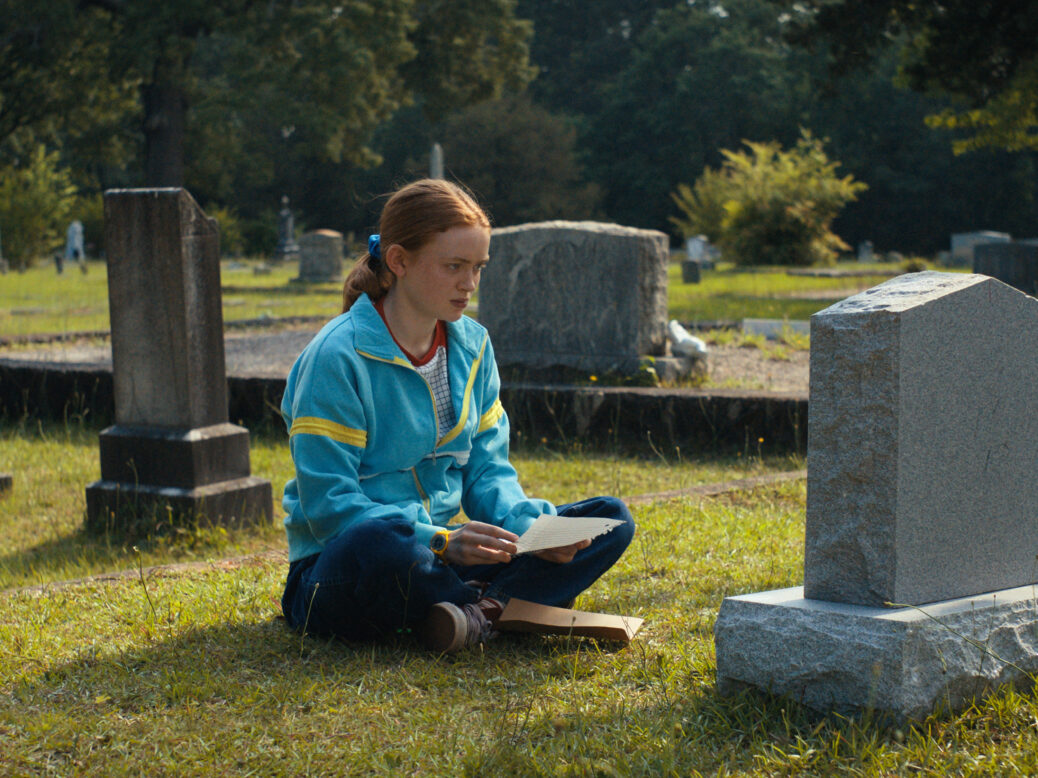
Since Stranger Things first hit Netflix in 2016, the show has transitioned from break-out cult hit to mainstream classic. Now in its fourth season, the second chapter of which is released on 1 July, the show retains the blend of Eighties nostalgia, gruesome horror and Dungeons & Dragons fantasy that won over audiences in the beginning. But the mood has changed. Its core cast of child stars are now teenagers, with broken voices, grown-out hair and sexual urges. There is an even bigger budget and higher spec production values: Netflix reportedly spent $30m per episode, a figure reflected in the viewing figures (a collective 620 million hours of Stranger Things was watched within two weeks of season four’s first release). And most importantly, the show’s unexpected longevity has forced it to expand its horizons. The Demogorgon met its demise in season two; and those meddling kids appeared to destroy the entrance to the Upside Down in season three. Sure, we’d all like some new monsters – but monsters alone aren’t going to cut it.
Stranger Things has therefore turned to a topic appropriate for the Gen-Z audience who have grown up with it: trauma, which enables new, even scarier monsters to be imbued with metaphor. Season four’s antagonist is a creature that preys on and possesses teenagers who have experienced extreme distress. First, they experience horrific flashbacks. Soon, these morph into gory, paranoid visions – be it of a loving parent turned cruel, a car accident or a bereavement – before they are brutally killed by the monster, who breaks their bones and rips out their eyes.



